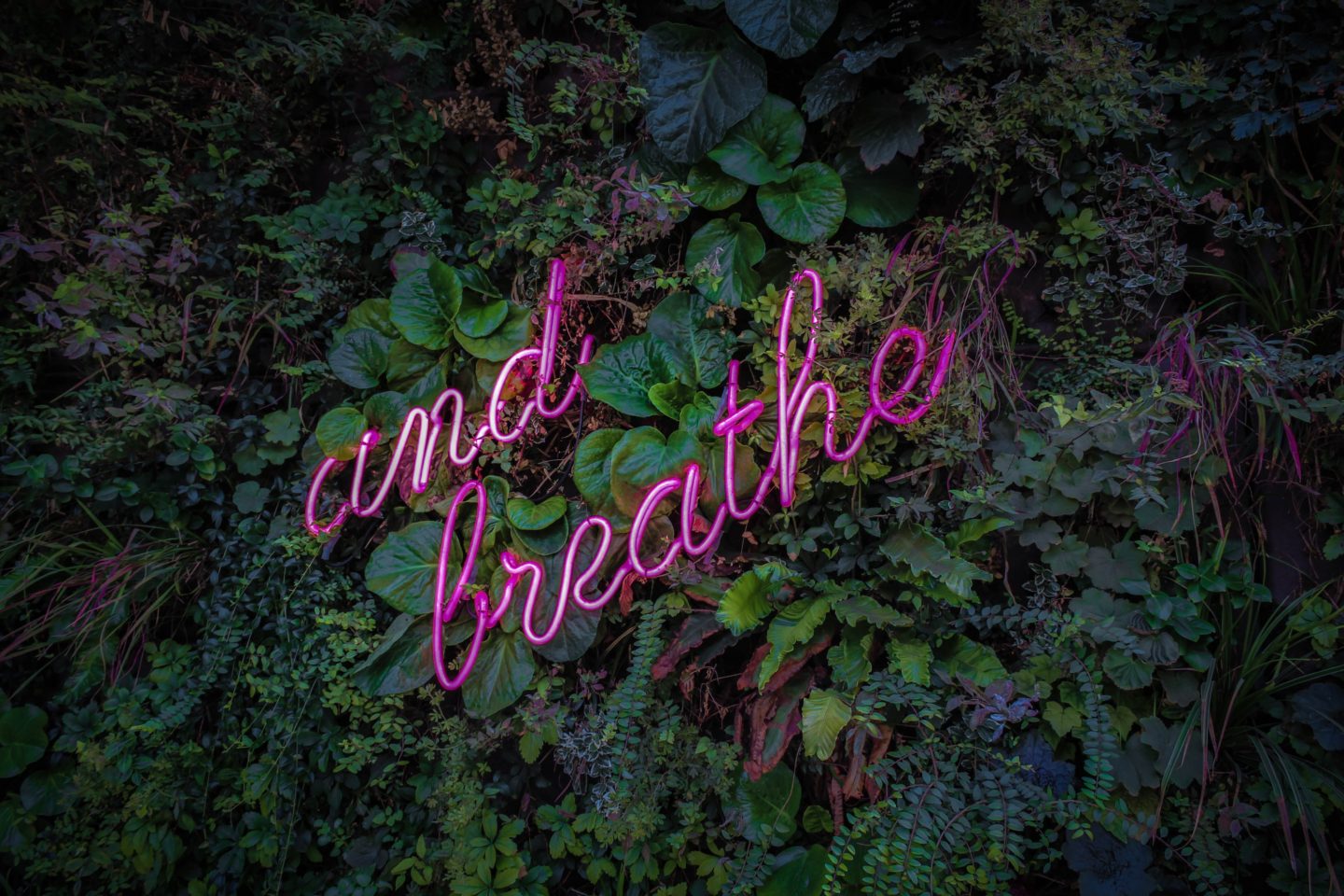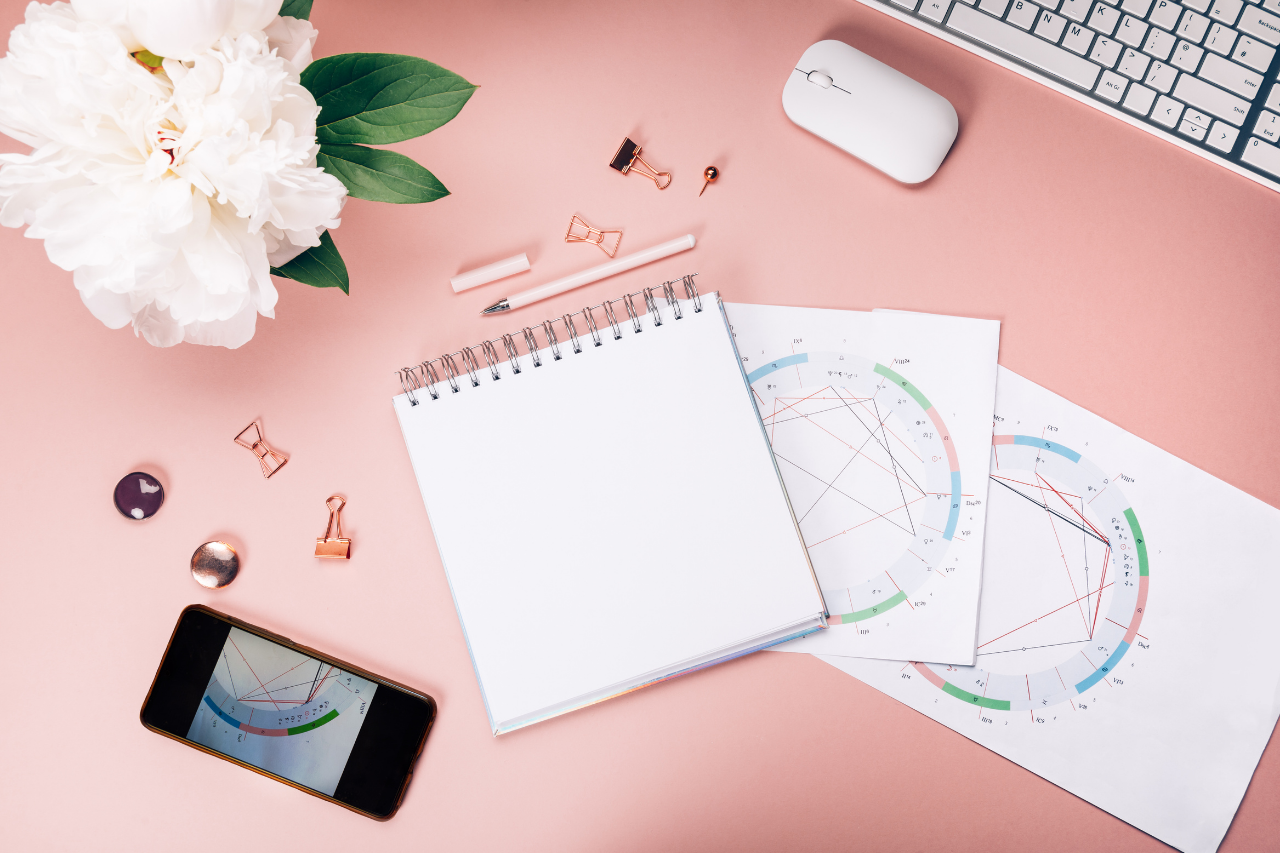
Deep breathing, AKA diaphragmatic breathing, AKA belly breathing, is breathing that is done by contracting the diaphragm. Air enters the lungs, and the chest does not rise, and the belly expands during this type of breathing.
Deep breathing is a form of stress relief; it is a way to let go of worries and allow yourself to focus on the here and now by focusing on your intake of breath, contracting your muscles, and allowing your body to relax and become heavy. Overall, the purpose of deep breathing is to relax the body and calm the mind and emotions by primarily focusing on your breathing and allowing your body to be heavy and comfortable. Deep breathing can be done by anyone, anywhere. It’s also the precursor to meditation, which makes it perfect for those looking to increase their mindfulness.
I’ve only discovered the wonderful world of deep breathing recently—back in July, to be exact—but I’ve already felt and seen the benefits of it. I personally think that practicing deep breathing is beneficial to everyone. Below I’m going to break down the benefits of deep breathing, and how you can do it to elevate your mindfulness.
Benefits of deep breathing:

- Allows you to let go and center your energy. When you’re doing a deep breathing exercise your focus is on your breathing and letting your body become heavy and comfortable. By focusing on these two things, you allow yourself time to let go of any negative thoughts and emotions, stress, and even tension in your body. I’ve noticed that deep breathing can be helpful for my neck injury, as my body is constantly so tight and carrying around tensions 24/7, that relaxing my muscles, letting them go heavy, and sinking into my couch helps release some of that.
- Elevates your mindfulness. Because you’re only focusing on your breathing and relaxing your body, you’re inadvertently forcing yourself to be in the present moment. Mindfulness is all about awareness, and awareness comes from being in the here and now. Deep breathing also makes you more aware of everything in your body, which in turn makes you more present and helps ground you.
- Helpful for people with anxiety and PTSD. People who suffer from anxiety and PTSD are at an increased risk for panic attacks. Flashbacks that seem and feel entirely real and take you back to a certain time and place are also common with sufferers of PTSD. Deep breathing is extremely beneficial for all of these cases as it gives you the tool to be able to put yourself in the present moment during those panic attacks and/or flashbacks. During those times, keeping your eyes open, breathing deeply, acknowledging that your feet are planted firmly on the ground, and that you’re in the here and now will help you work through and overcome them. This is because deep breathing teaches you how to be in the present moment. It’s also extremely beneficial for those who are dealing with and overcoming trauma for all the same reasons.
- Allows you to reset. Tying into everything I mentioned above, deep breathing allows you to reset your body, mind, and overall energy. I love doing my deep breathing exercise at around 5:00, when I typically begin slowing down. I’ve noticed that after I complete my deep breathing exercise I feel renewed, like I have another burst of energy. It, quite literally, resets me and helps me take on the rest of the evening into night. It’s even cleared out my mind and reset it to the point where I’ve gotten inspiration for blog posts while doing it.

How-to + tips:
A deep breathing exercise usually takes about 15-20 minutes. If you’re unsure of where to start, I’d recommend starting with 15 and eventually working your way to 20 so you don’t get too overwhelmed at first. Before you set that timer, though, here’s what you need to do:
- Lay down first, somewhere comfortable, but not on your bed. You want to get comfortable before you start, but avoid using your bed so you don’t associate or allow your body to fall asleep whenever you do this. I personally love doing it on my couch, in the position I usually watch TV in.
- Now, set your timer. Set your timer anywhere from 15-20 minutes.
- Optional: if you feel as though you may need it, you can opt for using a sound soother at first to help get you started. I began my deep breathing exercises with one but have gotten away from using it as of late. The real key of a deep breathing exercise is to be able to ground yourself in the present moment, despite what’s going on around you. Using a sound soother may take away from that. If you do end up using one, try to wean yourself off of it eventually.
- Relax but stay awake. Start off by focusing on your breathing and only your breathing. Allow your body to be heavy and comfortable. Then, when you think you’ve gotten a good rhythm down, try to focus on relaxing every limb in your body. When I do this, with each new inhale and exhale of breath, I sink my body further into my couch. I start relaxing my body around my chest and shoulder area, then work my way down. I’ve gotten to the point now where even my face will relax and get heavy, too.
- Don’t focus on stopping thoughts and outside noises from entering. It’s perfectly normal for things to enter your mind or to hear outside noises. Don’t try to block or push them out. The key to not letting them distract you is to acknowledge them and let them go. By giving them acknowledgement, you’re giving yourself the ability to let them go, and they’ll go away on their own.
- Try to go to your happy place. Your happy place can be any place—real or not, somewhere you’ve been or haven’t been to. Try to think of that place, and allow your mind to take you there. Try doing this after your body is fully relaxed and heavy and you’re breathing steadily. You don’t have to do this, but this is a good thing to incorporate since it gives you the power to see yourself in a happy, positive setting when you’re in the midst of a stressful situation, panic attack, and/or flashback.
- Give yourself a minute to come back to Earth. When the exercise is done, give yourself a minute to come back to Earth and adjust to reality again. Take your time opening your eyes and moving your limbs. You’ll feel better doing this rather than jumping up immediately.


